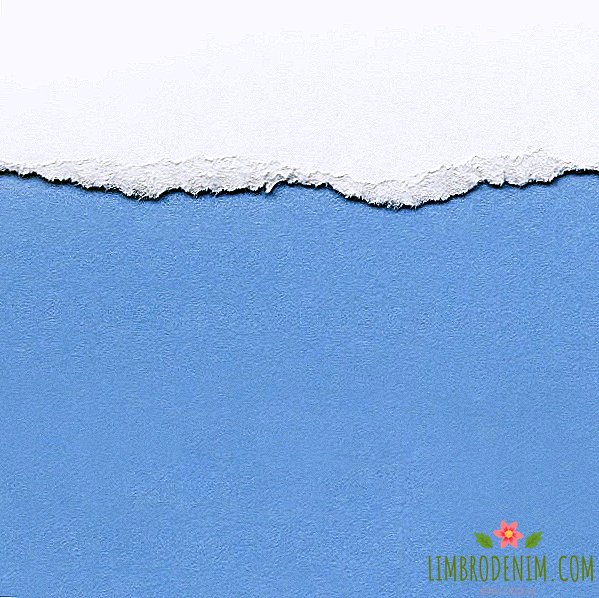Do not buzz: How not to be afraid of electric toothbrushes
First electric toothbrush appeared more than sixty years ago, and opinions are still contradictory: some say that it cleans better than manual, and others say that it is dangerous for tooth enamel. The recommendations of the dentists, too, often diverge. We understand what electric toothbrushes differ from manual ones with, what they are and how enamel can actually be damaged.

How to determine the effectiveness of toothbrushes
Although personal care products are not drugs, their efficacy and safety are also studied in clinical trials that can be found in the public domain. To understand whether brushes are really effective, look at two things: how they remove scurf and how the gums improve. In the laboratories, everything is becoming more serious: with brushes and pastes, they act on enamel samples in order to examine them under a microscope and determine the abrasiveness index. Anything that scores more than one hundred may damage the surface of the teeth. Such experiments are carried out, for example, when developing bristles from a new material or choosing exactly how they will be rounded and polished. Separately, you need to look at the abrasiveness of toothpaste, because the effect of the brush on the enamel in the first place depends on how hard you press.
What is the difference between manual and electric brushes
The main conclusion, again and again obtained in clinical studies: electric toothbrushes more effectively remove plaque - the main cause of caries and periodontitis, as well as reduce the manifestations of gingivitis (that is, inflammation and bleeding gums). This does not mean that manual teeth cannot be cleaned with high quality, but electric ones simplify the process and help to form a healthy habit. For example, most of them have a built-in timer that will turn off the vibration or give a signal in two minutes; many brushes once every half minute say it’s time to move on to the next section. The idea is that the cleaning of the inner and outer surfaces of the teeth accounted for thirty seconds.
Electric brushes are of two types, or rather, two generations. In mechanical, the head rotates or moves from side to side and the teeth are cleaned due to the impact of the bristles; By and large, this is just a mechanized version of the manual. Quite another thing - vibrating brush, or sound (they are often called ultrasonic, although this is not entirely correct). They vibrate with a very high frequency that cannot be played manually (more than 30 thousand vibrations per minute); it creates a stream of water and paste that cleans the teeth and the spaces between them. The effect of such cleaning is similar to the result of professional polishing of Airflow, which makes the teeth amazingly smooth. There are truly ultrasonic brushes that generate millions of vibrations per minute, but they are not very popular and are sold most often in dental clinics.

How to choose the right one?
When choosing an electric toothbrush, pay attention to the level of the manufacturer. Not every company can afford full clinical trials; those who do this usually publish links or descriptions directly on their sites. Of course, brushes of steep marks are more expensive, but after all, it's about health, on which it is better not to save. It is worth reading independent reviews, including on special sites, in the press or customer reviews in online stores. The names or descriptions of sound, or vibration brushes usually have the word "sonic" (and "ultrasonic" in the description of ultrasound).
For the rest - be guided by your own taste and lifestyle. A brush with a charger built into the glass will not suit those who do not have an outlet near the sink. If you travel frequently or go on business trips, then choose the options with the maximum battery capacity (some brushes just charge once every six months). Pay attention to the availability of interchangeable heads; it can be a problem if you buy a rare ultrasonic brush at the clinic, which will be the only supplier. The presence of several nozzles allows you to use together (or the whole family), just need to make sure that they are easily distinguished, for example, by color.
Are regimens needed for sensitive teeth or whitening?
Nobody canceled marketing tricks, and to increase sales, brush makers can claim, for example, their “unique” ability to whiten teeth. Such promises can and should be skeptical; A good electric brush can give the effect of smoothness and brilliance, as after a professional cleaning, but just can not cope with bleaching. Bleaching eliminates pigment particles from enamel, and not from its surface, and this is impossible without chemical substances based on hydrogen peroxide. Interestingly, whitening pastes containing enzymes (for example, a papaya derivative), can actually visually make the teeth a little lighter, dissolving the colored plaque; but they also cannot cope with the pigmentation of the tooth tissues.
Mode for sensitive teeth is usually a less intense vibration; however, given that the touch of the brush should be as light as possible, you can also consider this "chip" a marketing ploy. On the other hand, a gentle setting can be useful if you are currently healing your teeth or have temporary fillings or crowns in your mouth. If a tooth was recently removed or an operation was performed, it will be more convenient to use a hand brush for several days in order not to injure the wound. In other cases, simply choose the mode in which you are most comfortable. To permanent fillings, crowns, veneers or braces, the vibration of a toothbrush is not terrible.

Is it true that electric brushes damage enamel?
It is probably this fear that frightens the majority. The answer is simple: enamel can be damaged if any brush is used improperly. The correct cleaning technique involves a very light touch of the bristles to the surface and the correct direction of movement. If, when cleaning with a manual brush, you need to do sweeping vertical movements in the direction from the gums to the edge of the tooth, then you should simply bring the vibrating electric to the surface, not pressing tightly, and let the water and air vibrations work.
Proper cleaning technique will save teeth and mucous membranes. Although there are many publications on the Web with frightening names like "Electric brushes will destroy your teeth", their essence is that problems arise when using brushes improperly. The erosion of the enamel and the exposure of the roots occur if a person has been brushing his teeth with electric as well as manual for several years, that is, pressing the bristles and making intensive movements. But if everything is done correctly, the enamel will not suffer - after all, it is the hardest tissue in the human body.
The photo: AliExpress, Foreo, Dronathan Davis - stock.adobe.com, Dronathan Davis - stock.adobe.com





